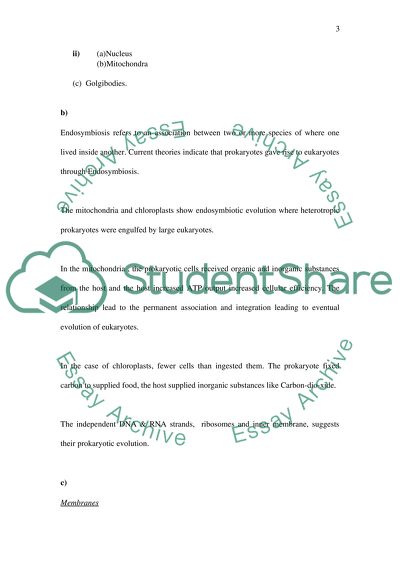Cite this document
(“Biological Module Essay Example | Topics and Well Written Essays - 2750 words”, n.d.)
Biological Module Essay Example | Topics and Well Written Essays - 2750 words. Retrieved from https://studentshare.org/science/1526694-biological-module
Biological Module Essay Example | Topics and Well Written Essays - 2750 words. Retrieved from https://studentshare.org/science/1526694-biological-module
(Biological Module Essay Example | Topics and Well Written Essays - 2750 Words)
Biological Module Essay Example | Topics and Well Written Essays - 2750 Words. https://studentshare.org/science/1526694-biological-module.
Biological Module Essay Example | Topics and Well Written Essays - 2750 Words. https://studentshare.org/science/1526694-biological-module.
“Biological Module Essay Example | Topics and Well Written Essays - 2750 Words”, n.d. https://studentshare.org/science/1526694-biological-module.


